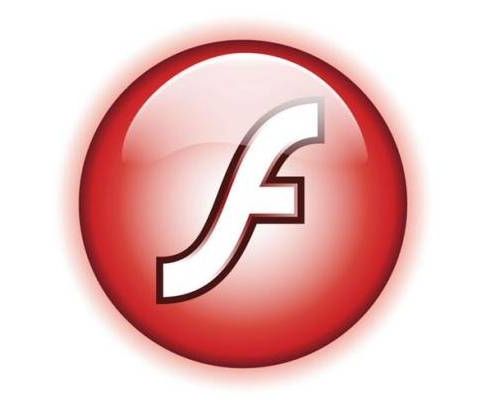There's been much said about the mud slinging going on in Silicon Valley between Apple and Adobe over the issue of Flash. Jobs and his iPad and iPhone aren't particularly interested in supporting the software which he insinuated was the cause of many a Mac crash and Adobe weren't too thrilled about having what was described as a "lazy" product. So, with Google also quite vocal in support of HTML over Flash exactly how is this battle going to work out?
Sitting quietly in the background and watching events unfold is a little-known company by the name of Bluestreak Technology and, as it happens, it's the world's second largest provider of Flash Lite products. Rather than supplying the tools to create in the same way that Adobe does, Bluestreak primarily works to create Flash clients and extensions for existing bits and pieces of hardware. Set top boxes are a speciality, with the Time Warner hardware in the States using the company's VOD and EPG designs and at least 50% of Bluestreak's business is with mobile phones. If you've watched TV on an Orange phone, that wasn't the iPhone, then it'll have been one of Bluestreak's players. Most promising of all, it's Bluestreak who provides the necessary hardware accelerators in the Qualcomm Snapdragon platform popular in the top smartphones of the day.
But enough of the heavy tech. The point is that Bluestreak is quite happy working with both Flash and with HTML. So, in somewhat of a win-win situation, we took the time to have a word with Bluestreak President and CEO Dominique Jodoin to see how this prize fight looks from a ringside seat.
"This is what I call the clash of the titans", said Jodoin. "They're both huge companies. Apple has their own technology and they don't like to use other people's when theirs works very well and they've done very well with that attitude for years. On the other hand you have Abode Flash and all of the billions of devices out there that support it are much larger in numbers".
Larger numbers Flash may have, but aren't those dwindling with the rise of the iPhone and isn't Adobe just pedalling on old, clunky technology that is the source of many browsing woes? Well, apparently it's not as simple as that.
"Of course, the iPhone has been incredibly successful, but the vast majority of devices out there are still feature phones that use Flash. Also, even though Google is a big proponent of HTML, they still haven't excluded Adobe Flash in the same way. Also Flash is not usually responsible for poor performance but it is often a badly written embedded application that is responsible. If this is done badly it'll cause problems with both Flash and HTML. HTML is moving and developing very fast but still so is Flash".
Joboin's reference is, of course, to the roll out of HTML 5 and the graphics and videos that you can draw directly with the code that you never could before. However, it's still the video and, probably more crucially, the advertising we see on the Internet that's designed with Flash. The video players might be one thing but how does a website in need of ads tell a company that it doesn't want their pre-prepared Flash displays any more? The sector hasn't been the fastest at catching on to new ideas with traditional print still prized far higher in terms of space than a web page.
"The media has taken perhaps a little too much from the comments from Apple and Google but as big as these two are, it's just not as simple as that. There's definitely a movement towards HTML but the technology is one thing, actually making the shift is another. There's a stickiness with the advertisers and companies who have built their businesses around Flash. If any developer doesn't support it, then they're going to have trouble. 10 years down the line - well, it's a proprietary system and the world might not want it any more, but we're still going to see it in the market for many years to come".
In the mean time, Bluestreak will continue to provide integrated solutions that support both Flash and HTML, as Adobe has done with Air, but whether or not Google, Apple or Adobe choose to cat fight this one out in the open is really of little relevance to the user and as Joboin himself put it with a smile, "Ultimately, it's a great debate to have. It's all about enriching our experience of the Internet and media." So, it seems for the while that it's win-win for the consumer as well.

